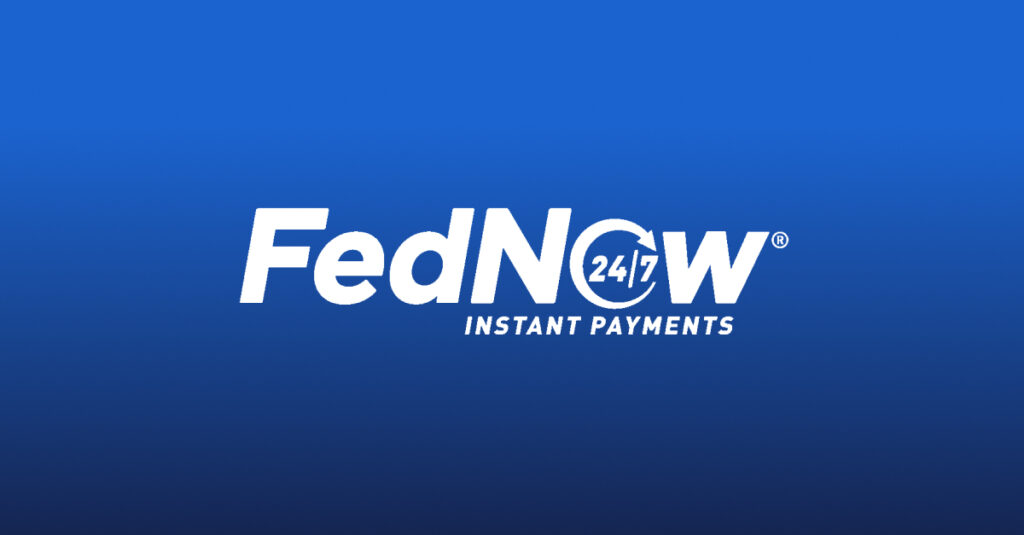
ACH vs RTP vs FedNow: All you need to know about US payment rails
For almost half a century, if you wanted to transfer money electronically in the US, the Automated Clearing House Network (ACH) was your only option.
But the introduction of Real-Time Payments (RTP) and, more recently, FedNow, has shaken things up, diversifying the landscape, giving consumers more options, and creating new opportunities for businesses.
Here’s a deep dive into all three payment rails available in the US today — ACH, RTP, and FedNow — and a look ahead at the potential opportunities that arise as adoption of real-time rails grows.
ACH: America’s original (and most trusted) electronic payment rails
Established in 1972, ACH — named after the clearing house that processes ACH payments — is the US equivalent of BACS in the UK, and works in a similar way.
Say an individual or a business wants to transfer money from their bank account to yours (what’s known as a push transaction). Their bank sends their instruction to ACH, which processes the transaction and routes the money to your account.
The individual or business can also authorise you to take — or pull — money out of their account, either as a one-off or on a regular basis. In this case, you authorise the transaction, ACH processes it, and ensures the money is routed from your customer’s account to yours.
Despite being over 50 years old, ACH dominates US payments. In 2023, ACH processed 31.5 billion payments, worth $80.1 trillion — 4.8% more than in 2022.
What are the benefits of ACH?
ACH has four key benefits.
First, it’s ubiquitous. A tried and tested payment rail, supported by every financial institution in the US, and used for the vast majority of electronic transfers. This means every individual and business in the US can access it, regardless who they bank with.
Second, it’s cheaper than card payments. According to the Merchant Payments Coalition, the average card fee is 2.24%. On a $50 transaction, that’s $1.12. ACH, by contrast, averages around $0.11 per transaction.
Third, unlike cards, bank accounts don’t expire. If you take recurring payments, for example because you run a subscription-based model, this lowers your risk of involuntary churn — cancellations due to failed payment.
Fourth, ACH payments offer consumers an extra layer of protection by making it possible for them to reverse payments they don’t recognise.
Consumers have 60 days from when their bank statement is issued to dispute a payment. As a merchant, this means you might be liable for a disputed payment well after you’ve concluded the sale.
That said, the rules around reversal requests are stricter than the rules on cards, and disputing a payment without a verifiable cause is specifically prohibited. Research also suggests ACH payments have one of the lowest rates of fraud: fewer than 1% of ACH payments are fraudulent, according to NACHA, the organisation that manages the ACH Network.
Until 2016, when Nacha launched same-day ACH, ACH payments could take up to five days to settle. Though not real time, same-day ACH is a big improvement. As the name suggests, same-day ACH payments arrive in your account on the same day consumers make them.
Stepping it up: The Clearing House’s Real-Time Payments (RTP)
Launched in November 2017, RTP can process transactions in seconds, 24 hours a day, seven days a week: a huge step-change for the US payments ecosystem.

Yet, despite RTP’s transformational impact, ACH has remained the dominant payment rail, at least until now. Between 2018 and 2021, 90% of all US non-cash payments used ACH. And, ACH payments are still increasing steadily year on year, in both volume and value.
Our VP Expansion, Matthew Jones, thinks this is due to a number of reasons.
“I think the key issues were that, a) The Clearing House, which owns RTP, is a private institution, so accessing the rails can be challenging, especially for small regional banks, b) RTP adoption wasn’t mandated. Banks had to do it on their own initiative, and c) the use cases are limited — RTP can only process push transactions, while ACH can process both push and pull transactions, with higher limits,” he explains.
While RTP adoption was relatively slow to begin with, it has steadily gathered momentum. In September 2023, RTP processed one million payments on a single day. It now covers 65% of consumer accounts and is supported by over 480 institutions.
FedNow: A turning point for real-time payments?
FedNow officially launched in July 2023.
Like RTP, it’s a real-time payment rail, meaning it can process bank-to-bank transactions near-instantly, at any time, including outside of business hours.
Since FedNow’s launch, there’s been huge interest in real-time payments. This has been reflected in both RTP and FedNow’s growth. As of March 2024 – just seven months in – FedNow had over 600 FI participants, and RTP added over 125 FIs (25% of the total added since launch) in the same period.

Matthew thinks timing has been a key factor in spearheading this growth:
“The landscape has changed dramatically since 2017, with real-time payments being launched successfully in several countries. Brazil’s Pix, for example, grew by 110% in a single year. And India’s UPI processes 65% of the nation’s payments.”
But it’s not just a desire to emulate other countries’ successes that has built momentum around FedNow. Significantly, FedNow is owned by the Federal Reserve, so it’s on the rails everyone uses already. Any financial institution that has a Master Account can access FedNow, which makes adopting it more straightforward.
FedNow and RTP: the opportunity for businesses
The enthusiasm around FedNow means real-time payments are closer than ever before to gaining critical mass in the US.
Nonetheless, there are still some challenges to overcome. From a fraud perspective, FedNow has several safeguards, including the ability to set risk-based transaction limits and block access to suspicious accounts.
While its functionality is limited compared to ACH, with FedNow – like RTP – only processing push payments initiated by the sender, its potential to offer consumers an alternative to credit cards at checkout is only going to get stronger.
Boosting customer loyalty with instant payouts
Right now, one of the biggest opportunities around real-time payments for businesses is payouts, as Matthew explains: “Receiving money from a business, whether it’s a refund, your gig economy earnings, or some other form of payout like an insurance claim settlement, is usually a slow, fraught process. Real-time payments solve the issue.”
There’s a lot of research that supports the business case for real-time payouts. A survey of hospitality workers run by PYMNTS Intelligence, for instance, found that, given the option, respondents would overwhelmingly choose to be paid in real time. Similarly, 80% of gamers prefer to receive their winnings instantly.
Even more compelling, 67% of US consumers surveyed for a 2022 report said they’d be more likely to keep doing business with a merchant who offered real-time payouts.
The bottom line is that real-time payments increase loyalty and make customers more likely to stick around long-term.
Unlocking real-time payments’ potential with Request For Payment
Alongside payouts, RTP and FedNow also hold the potential to make getting paid smoother, swifter, and more straightforward, thanks to Request For Payment (RfP) functionality.
While RTP and FedNow can only handle push payments, at least for now, RfP enables merchants to initiate the process by sending the customer an electronic invoice.
RfP broadly works in a similar way to PayTo, the Australian real-time payments scheme. When the customer checks out, the merchant pushes an invoice to their bank account using a messaging system that is linked to RTP’s or FedNow’s rails. Once the customer receives the invoice, they check it over and approve or reject it from inside their banking app.
RfP has three key benefits. Payment is instant. Friction is minimal. And the customer is in control, because they have to authorise the payment for the money to leave their account.
That said, it’s early doors.
RTP launched its Request For Payment functionality in August 2023, for three use cases: recurring bill payments, such as utilities, business to business payments, and transfers between accounts owned by the same individual e.g. checking to brokerage account. There are plans to expand the functionality to other types of traditional and digital payments once merchants and consumers get comfortable with these use cases, and teething problems are ironed out.
FedNow released its Request For Payment standards in September 2023, and they’re still a work in progress.
Add the US to your real-time payments expansion
It’s an exciting time for US payments and, in turn, for both consumers and businesses.
While nobody will be taking ACH’s throne any time soon, FedNow and RTP’s numbers are growing steadily. And this means real-time payments are growing to be an increasingly viable alternative for a number of use cases, from consumers topping up digital wallets to businesses paying employees instantly.